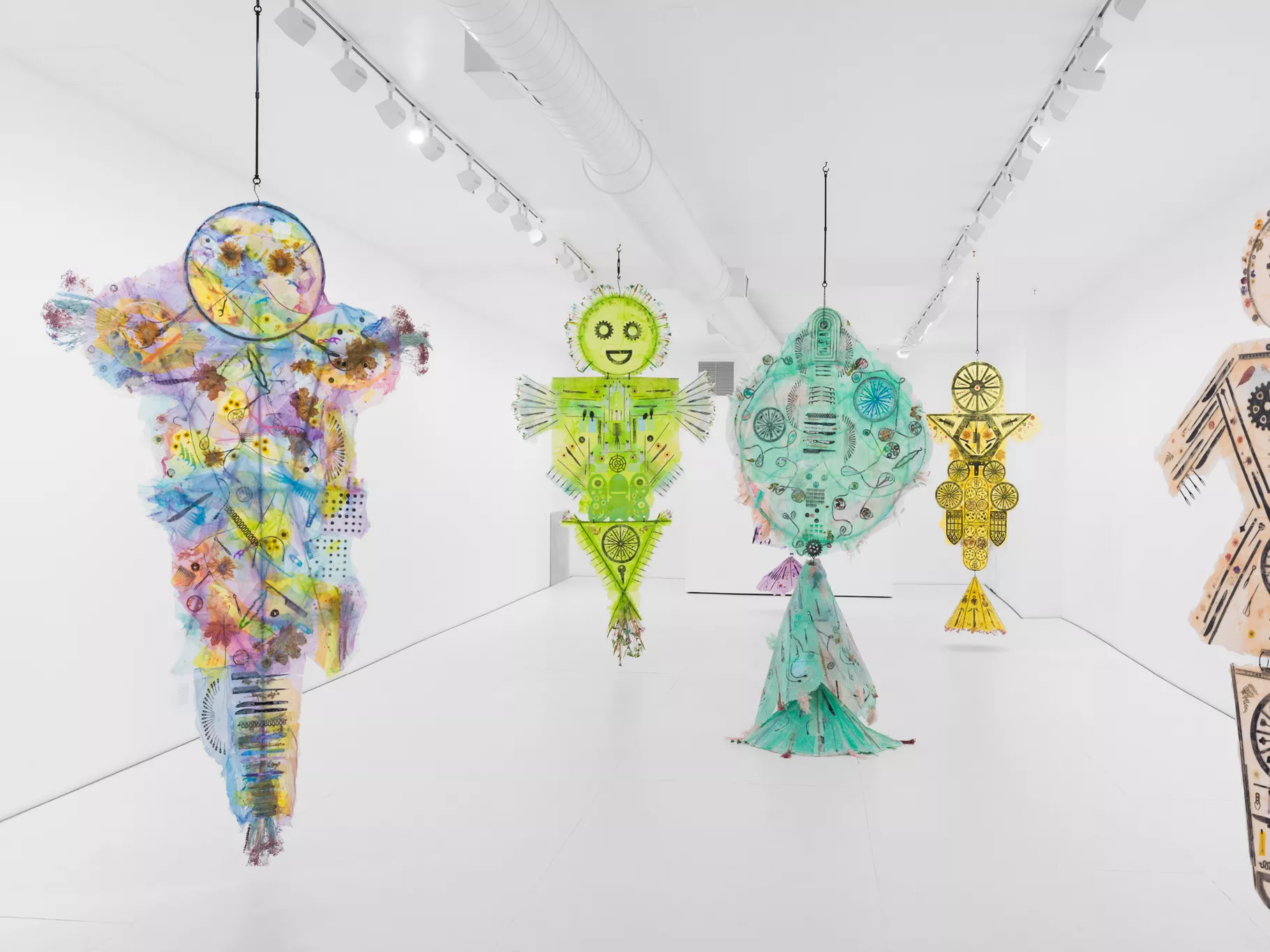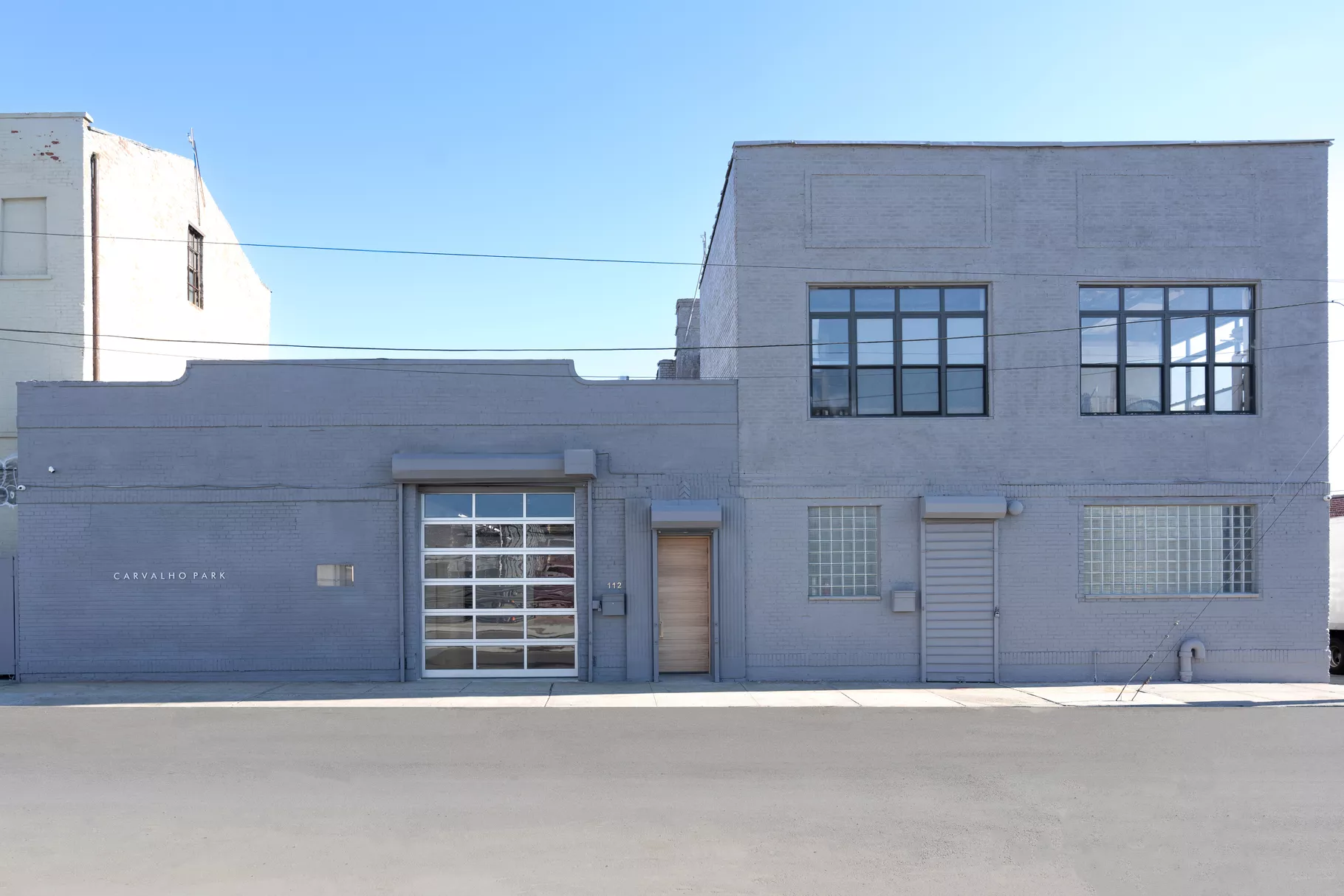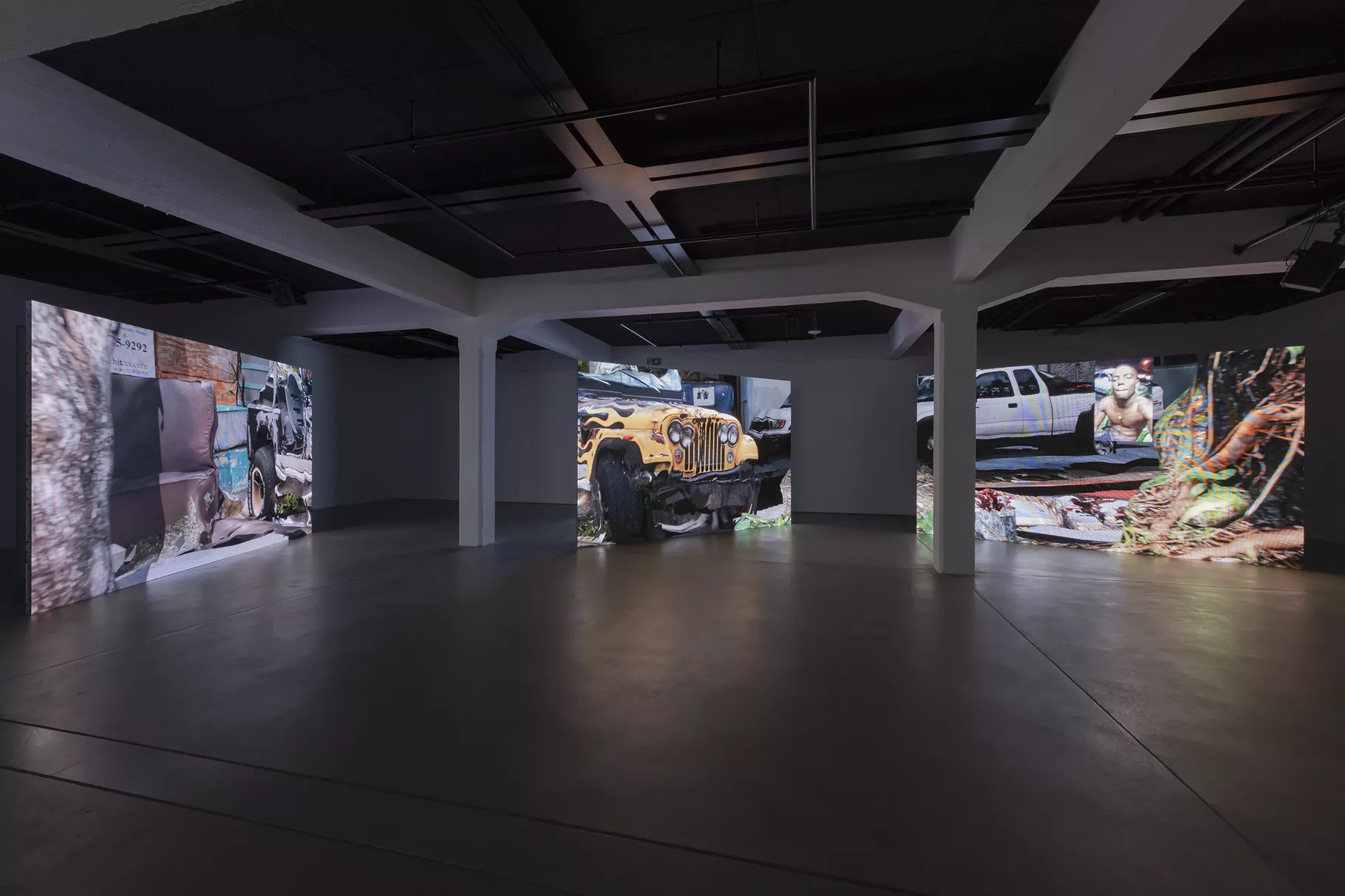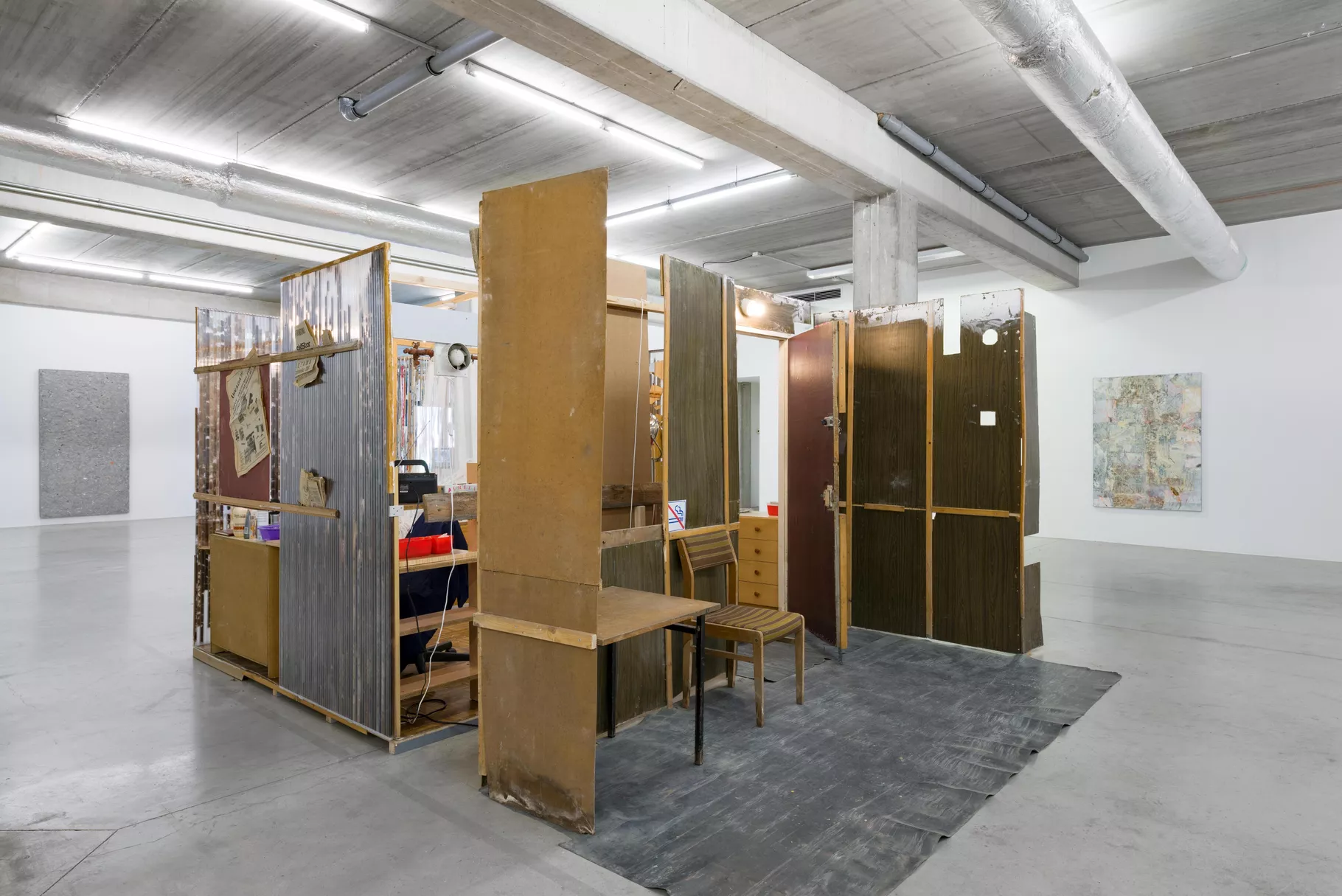Readings recommended by CIMAM

How Small Galleries Are Getting Their Artists’ Work into Museum Collections
Written by Maxwell Rabb and originally published on Artsy, on Jan 18, 2024 7:57PM
Being featured in a museum show is a significant achievement for any artist. But for emerging artists in particular, these moments can mark career milestones that have the potential to propel them into the eyes of new audiences and demographics.
Behind this accomplishment often lies a gallery, which plays a key role in nurturing an artist’s career. For smaller galleries, the challenge of uplifting their artists can be concurrent with growing their business: Institutional recognition boosts the visibility and growth of both emerging artists and their supporting small galleries. So, how do these galleries get their artists noticed and platformed by institutions?
When a gallery chooses to represent an artist, it assumes a multifaceted role beyond simply presenting new artwork. Instead, they can become committed to the professional growth of their artists by guiding and supporting their career trajectories. Small galleries play a crucial role in this ecosystem, introducing new voices to enrich the diversity and dynamism of the art world. Institutions, meanwhile, facilitate public engagement and access to the arts by creating an ongoing dialogue between art, its history, and contemporary society.
At Jack Barrett in New York, the process of securing institutional placement is a joint venture involving the gallery, the artist, and their patrons. “Each of those entities has a different network and relationships that have been fostered over time,” explained founder Jack Barrett. The gallery’s strategy revolves around understanding a curator’s focus and aligning it with its artist’s work. Success stories like Amy Brener’s show at the Aldrich Contemporary Art Museum, entitled “Harbingers” and curated by Caitlin Monachino, exemplify the importance of matching an artist to the interests of a curator and their institution.
Barrett emphasizes the importance of taking the time to understand the curators and the institutions they work for. But, it can take time to facilitate those conversations. “There are a lot of artists out there, so it can be difficult to stand out,” Barrett said. “Museum curators have a limit to what they can pay attention to, and institutional collections are highly selective. The flip side of this is that there are a lot of museums. Just as an artist’s practice is unique to the individual, there are museums that have specific interests and focus on their programming and collections. Sometimes, it is finding the right fit between practice and collection.”
Jennifer Carvalho, co-founder of Brooklyn’s Carvalho Park, shaped her gallery’s approach to museum placement from her experience at the Whitney Museum and MoMA PS1. Her approach to gallery management and artist representation involves a keen understanding of both the artist’s needs and the market’s demands. At Carvalho Park, the focus is not solely on selling art, but on investing in the future of its roster.
Carvalho Park ensures that its artists are not only seen but also appreciated in the right circles. This includes reserving significant works for potential institutional placement while also maintaining a strong presence in commercial venues like art fairs. For instance, the gallery works with Yulia Iosilzon, and ahead of her most recent solo show, “Heavens Chambers,” the gallery reserved a central piece, Noah’s Ark (2023), for possible institutional placement. Soon after, it found a place in the David and Indrė Roberts Collection at the Roberts Institute of Art.
“For me, understanding a collector’s perspective, values, and future intentions is key,” Carvalho said. “When there’s an opportunity for a collector and the gallery to align on institutional placements, that’s what best serves the artist’s trajectory.”

Meanwhile, Carvalho is paying attention to the significant number of museums that are gaining global recognition across Europe and, more notably, Asia. Like her gallery, which opened in 2019, younger museums or art institutions are more likely to take risks and search out emerging talent. The gallery’s artists are currently featured in collections of the X Museum in Beijing, the Sixi Museum in Nanjing, China, and the LG Foundation in Seoul, among others.
“Museums in Europe and Asia, specifically, are so much more keyed in to emerging artists,” Carvalho told Artsy. “They add a lot more weight [and] consideration, and focus on those artists as opposed to institutions [in the United States]….Institutions or museums that have been founded in the last 10 years really endeavor to carve out collections that have a strong sense of relevancy, and that usually means acquiring ascendant emerging artists.”

In Brussels, Harlan Levey of Harlan Levey Projects—which has placed upwards of 60 works in major collections such as the Museum of Modern Art and the Whitney Museum of American Art—underscores the importance of community building—especially because neither he nor his wife and gallery co-founder, Winnie Kwok, came from an art background. After founding the project space in 2013, the two gradually expanded their networks, approaching their relationships with their artists to reach “long-term” goals.
In the early years, balancing side jobs while nurturing the gallery, their focus was not solely on selling but on showcasing and promoting impactful ideas. This ethos led to a more educational approach, creating a space for academic dialogue between artists, gallerists, and collectors alike. Though the gallery has grown into a more commercial space, this philosophy built the foundation for how they think about cultivating their artists’ legacies.

Levey’s approach to artist representation involves a cyclical strategy of dedicating the gallery’s attention to one artist more at a given time. “There are so many people practicing today; there are so many galleries; there are so many institutions, even in a tiny country like Belgium and a tiny city like Brussels,” he explained. “So, maintaining that awareness and giving that opportunity to show different facets of [an artist’s] practice is essential. We really push, and once we start to do that, there’s a lot of activity over the course of a year or two.”
One such success story is artist Emmanuel Van der Auwera, whose work was featured at the House of Electronic Arts in Basel. Another is Marcin Dudek, whose recent show at the IKOB Museum of Contemporary Art in Belgium was a significant achievement for the artist and the gallery, following a series of five solo shows at its Brussels space. “I would say the strategy there was constant effort: constant advocacy and constant platforms you create with and for the artist,” Levey said.
Above all, Levey echoes both Carvalho and Barrett by saying getting artists noticed by museums is about patience and community-building. To Harlan Levey Projects, promoting an artist is about educating—whether for collectors or curators. “There’s no formula,” he noted.
Smaller galleries play a crucial function in the art world by steadily guiding emerging artists to the spotlight. Their persistence and nuanced understanding of the art world quietly shape the future of contemporary art—placing emerging talent in museums worldwide.
Hot Topics In The Art World
Published in association with Sotheby’s Institute of Art
- The Rise and Rise of the Private Art Museum: by Georgina Adams
- Curating Art Now: By Lilian Cameron
- Philanthropy in the Arts: by Leslie Ramos
- Censored Art Today: by Gareth Harris
- The Art Institution of Tomorrow: by Fatoş Üstek
- Towards The Ethical Art Museum: by Gareth Harris